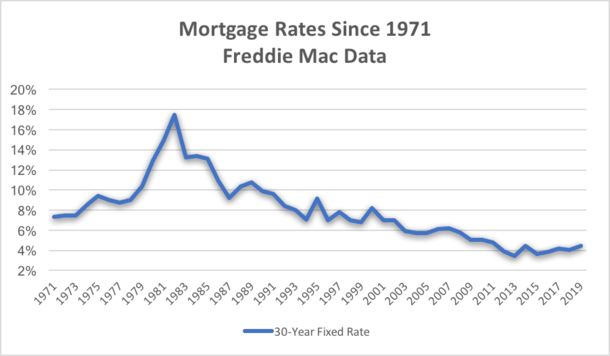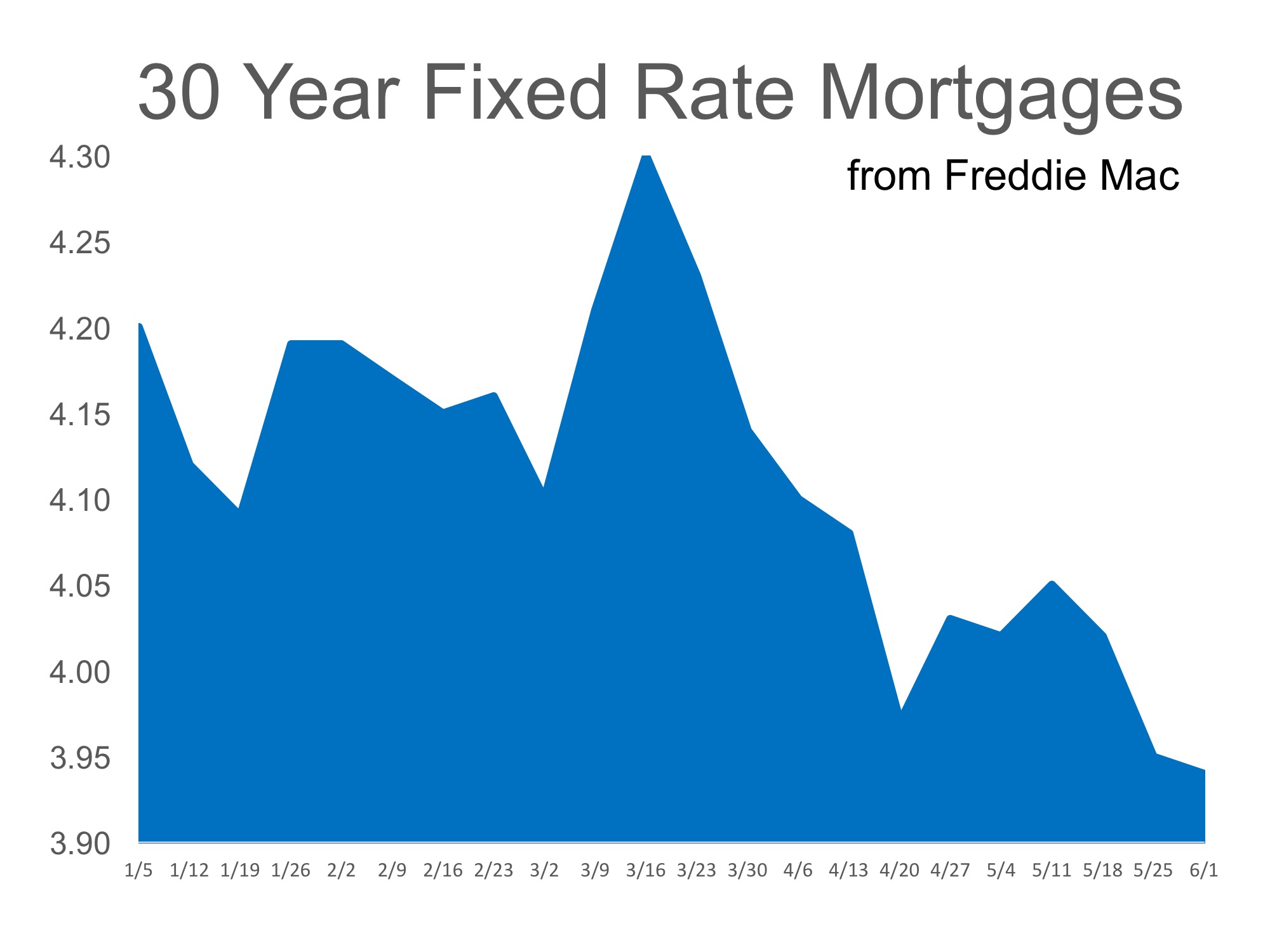Lenders calculate your debt-to-income ratio by dividing your month-to-month debt responsibilities by your pretax, or gross, income. The majority of lenders look for a ratio of 36% or less, though there are exceptions, which we'll enter below." Debt-to-income ratio is calculated by dividing your regular monthly financial obligations by your pretax income." DTI in some cases overlooks monthly expenditures such as food, energies, transport costs and medical insurance, among others; loan providers might rule out these expenses and may authorize you to obtain more than you're comfy paying.
You'll want the lowest DTI possible not just to qualify with the best mortgage loan providers and purchase the home you want, but also to ensure you have the ability to pay your debts and live easily at the very same time. Likewise referred to as a family ratio, front-end DTI is the dollar quantity of your home-related costs your future regular monthly home loan payment, real estate tax, insurance and house owners association fees divided by your monthly gross earnings.
Back-end ratios tend to be a little higher, since they consider all of your monthly financial obligation obligations. Which DTI ratio matters more?While home mortgage lenders typically look at both types of DTI, the back-end ratio typically holds more sway due to the fact that it takes into account your whole debt load. Lenders tend to concentrate on the back-end ratio for conventional home loans loans that are used by banks or online mortgage loan providers instead of through government-backed programs.
If your back-end DTI is listed below 36%, that's even much better. When you're applying for government-backed home loans, like an FHA loan, lending institutions will look at both ratios and may think about DTIs that are higher than those required for a traditional mortgage: up to 50% for the back-end ratio. Preferably, though, you'll wish to keep your Visit the website DTIs as low as possible, despite loan providers' limits.
Although DTIs are necessary when getting a mortgage, they're inadequate when it concerns assisting you figure out what you can afford, says Individual retirement account Rheingold, executive director of the National Association of Customer Supporters." You can have these general standards around debt-to-income ratio," timeshare foreclosures he says, "but the bigger question is, will you, when you have that home mortgage payment, have sufficient cash to make ends satisfy?" Considering that DTIs do not consider expenses such as food, medical insurance, energies, gas and entertainment, you'll desire to budget beyond what your DTI labels as "inexpensive" for you.
This is especially essential because DTIs count your earnings before taxes, not what you actually take house monthly. The greater your DTI, the most likely you are to battle with qualifying for a home mortgage and making your monthly mortgage payments. There are a number of ways to decrease your debt-to-income ratio: Don't make any big purchases on credit before you buy a home.
While a pay raise at work is another way to lower your DTI, it may not be possible to get one rapidly. That's why it's better to prevent taking on more financial obligation and work on trimming the financial obligation you have. In many cases, lending institutions won't consist of installment financial obligations like car or student loan payments as part of your DTI if you have simply a couple of months delegated pay https://andersonagpc022.edublogs.org/2021/05/11/not-known-details-about-what-kind-of-people-default-on-mortgages/ them off.
Who Took Over Abn Amro Mortgages Things To Know Before You Get This
He suggests getting your financial resources in order so that you present yourself as someone with great credit and not a lot of financial obligation. Prior to you take a seat with a loan provider, using a home loan calculator is one way to figure out a reasonable mortgage payment for you. The lower your debt-to-income ratio, the much safer you are to lenders and the better your financial resources will be.
The household-owned value of the US housing market is at an all-time high of $26. 12 trillionsignificantly higher than the pre-crisis peak of $22. 68 trillion in 2006. Real estate equity and non-HELOC (house equity credit line) home mortgage debt exceptional are also at historic highs. At the exact same time, the share of house owners with a mortgage, at 62.

Why has this occurred? What takes place next? And what does it all imply? That $26. 12 trillion in total real estate worth is composed of two elements: $10. 36 trillion in impressive home mortgage debt (consisting of house equity credit lines) and $15. 76 trillion in house equity (the difference between household-owned real estate and mortgage debt).
3 percent in 2009 to 39 - what lenders give mortgages after bankruptcy. 6 percent in the first quarter of 2019. In contrast, housing equity as a share of aggregate house values has actually grown from 36. 7 percent to 60. 4 percent over this same period. What explains the lower mortgage financial obligation relative to genuine estate values? First, house equity credit lines are less prevalent than in years past.
Although the outstanding quantity of mortgages omitting house equity credit lines exceeded its pre-recession peak in the second quarter of 2019, relative to house values, it sat at approximately 35. 4 percent in the first quarter of 2019, well listed below its 2009 high of an estimated 54. 7 percent.
The share of house owners with a home mortgage declined gradually between 2008 and 2017, from 68. 4 to 62. 9 percentthe least expensive level since at least 2005. Conversely, the share of owner-occupied homes without any mortgage has reached 37. 1 percent over the very same nine-year duration. Why this took place: The shifting composition of owner-occupied households with and without a home loan owes to numerous reasons, consisting of the rise in all-cash sales in the years immediately following the economic downturn, households' focus on debt decrease, and home loan credit conditions that stay tight.

Older families are much more most likely than younger households to have actually paid off their home mortgage. Though the share of senior individuals with a home mortgage has increased gradually with time (figure 2), to 38 percent in 2017 for those ages 65 and older, this share is well listed below 80 percent for those ages 35 to 54.
The smart Trick of Which Of The Following Are Banks Prohibited From Doing With High-cost Mortgages? That Nobody is Discussing
Whether the share of owner-occupied households with a home loan continues to reduce will depend upon the interaction between the list below aspects: the rate at which young, novice property buyers purchase homes (which depends upon the other products in this list) housing price credit accessibility the strength of the economy including the task market To a lower extent, it will likewise depend on the number of elderly homes have a home mortgage.
If new and younger purchasers significantly utilize money instead of mortgages to purchase their homes, competitors among lending institutions will increase, which, in turn, might help reduce the limiting credit requirements in place today - mortgages or corporate bonds which has higher credit risk. However, the possible relief from still-tight credit standards might have a small effect on homeownership offered the restricted supply of inventory for sale in much of nation.
By significantly settling their home mortgages and transforming their entire house value into equity, existing homeowners produce a cushion for emergency situations and retirement. Nevertheless, the growth in the share of property owners ages 65 and older with a home loan bears watching as it might represent an emerging threat to the home loan market.
Low home loan rates have actually helped push U.S. home mortgage debt to the greatest level ever. In the 2nd quarter of 2019, Americans' home mortgage balances amounted to $9. 4 trillion, $162 billion more than the previous quarter, according to data released Tuesday by the Federal Reserve Bank of New York. This went beyond the previous peak of $9.